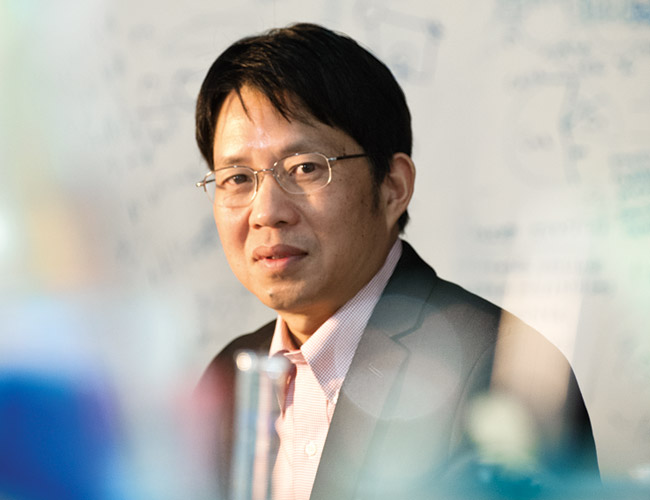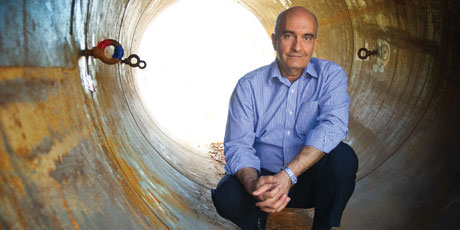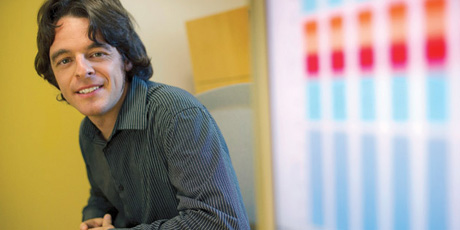Safe/Sound
Threat Detection for the Real World
Center focuses on homeland security, bringing together researchers from across campus

Wei Chen
In the world of homeland security, the goal is simple: find and disable threats before they can do damage. And that’s just what UT Arlington’s new Security Advances Via Applied Nano-Technology (SAVANT) Center is designed to do.
The center, established earlier this year, will pull together faculty and student researchers from the Colleges of Science, Engineering, Liberal Arts, Business, and Education and Health Professions. The advances they’re proposing would put nanoparticles to work doing everything from detecting dirty bombs to preventing friendly-fire incidents to keeping food and water safe.
“Our center will go beyond standard detection techniques using newly advanced, science-based breakthroughs,” says physics Professor Wei Chen, who is serving as director. “We will be looking to identify threats in a variety of arenas, including transportation hubs and other public gathering places, public infrastructure networks, and the U.S. border.”
Organizers hope that the SAVANT Center will one day be recognized as a Department of Homeland Security Science and Technology Directorate Center of Excellence. Currently, the federal department has 12 such centers at universities nationwide; there, researchers work with industry and first-responders to develop new technologies to enhance homeland security.

















